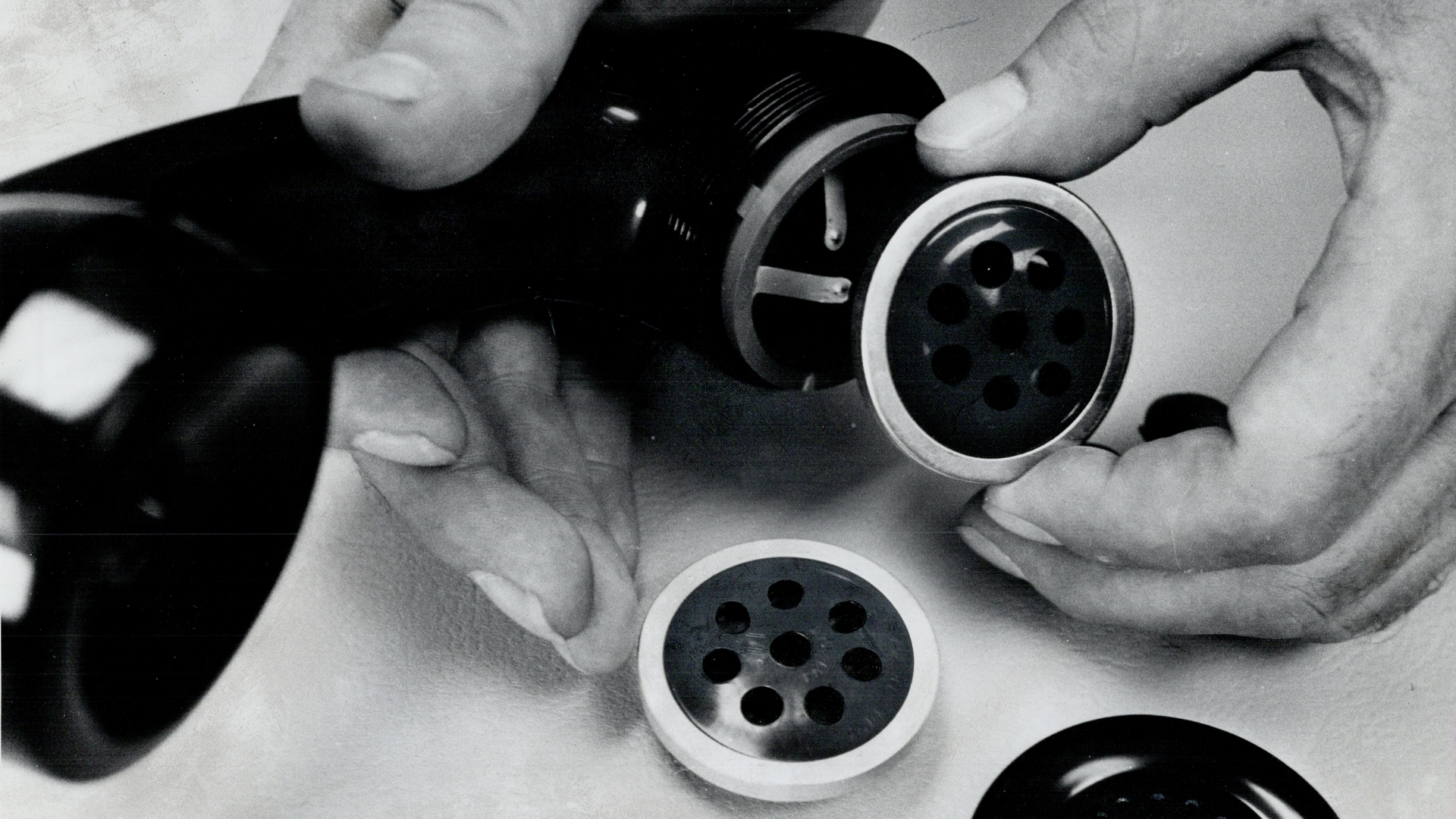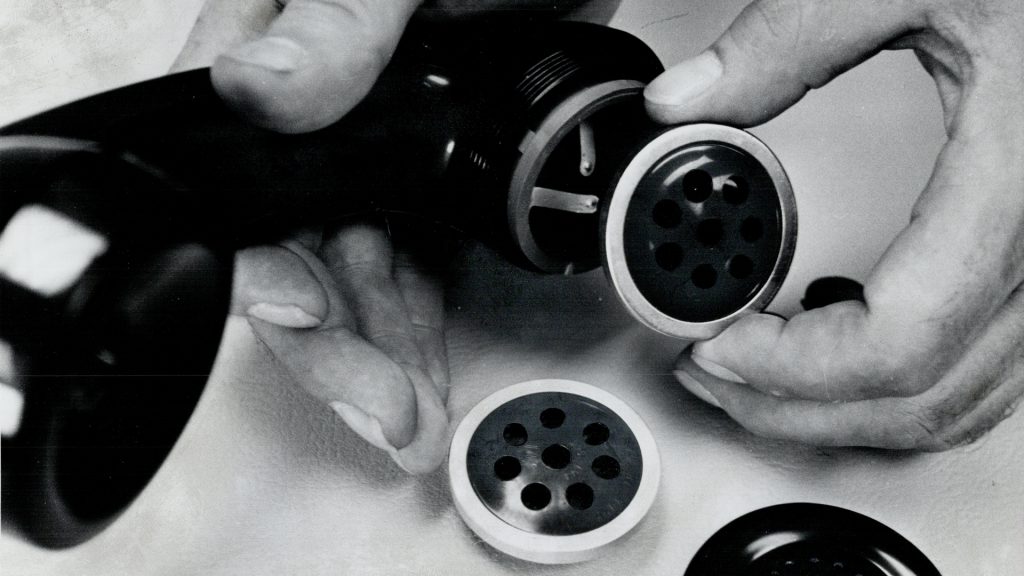 The revelation that a shady political consulting firm called Cambridge Analytica accessed data from 50 million Facebook users without their consent has rekindled debates about privacy and surveillance. Shortly after this news broke in March 2018, Americans also learned that Facebook had pulled years of call and text data from users who accessed the site on Google’s Android phones.
The revelation that a shady political consulting firm called Cambridge Analytica accessed data from 50 million Facebook users without their consent has rekindled debates about privacy and surveillance. Shortly after this news broke in March 2018, Americans also learned that Facebook had pulled years of call and text data from users who accessed the site on Google’s Android phones.
America has gone through this before. In 2001, the Patriot Act broadened the government’s ability to monitor Americans’ phone, email, and online records, sparking fears that the government would use this data to spy on its citizens. And in 2013, former National Security Agency contractor Edward Snowden confirmed those fears by revealing that the U.S. collected data on Americans from Verizon, Facebook, Google, and other companies, even if the subjects weren’t directly under investigation.
But what some Americans may not realize is that the government was using private communications companies to monitor citizens long before the Patriot Act—over a century before, in fact.
In the late 19th century, the Western Union Telegraph Company held a monopoly over the country’s telecommunications. At the time, electric telegraphs were a new, innovative technology that allowed people to send messages over great distances much faster than the mail system could, kind of like an early version of email.
During the Civil War, generals used telegraphs to communicate with each other. But they also intercepted morse code messages sent by rivals, or sent out morse code signals with disinformation meant to deceive the enemy. Some private individuals figured out how to do this, too. In 1864, a stockbroker named D.C. Williams became the first person convicted of wiretapping after he intercepted corporate messages and sold them to stock traders.
Yet there was an even simpler way to monitor these messages. Western Union always made at least two copies of the telegraphs it transcribed: one for the recipient, and another to keep on file. To see the copy on file, all you had to do to was have a contact inside the company.
This is what happened during the contested 1876 presidential election between Democrat Samuel Tilden and Republican Rutherford B. Hayes. Early results favored Tilden, but in an effort to prevent Hayes from conceding, Western Union (which was pro-Hayes) decided to leak a telegram to the New York Times (also pro-Hayes). The telegram revealed that Democrats weren’t yet certain they had won. The New York Times shared this information with the GOP, which decided to keep pushing for a Hayes victory, writes Tim Wu in his book, The Master Switch.
In the end, Hayes lost the popular vote and won the electoral college by only one vote. But the results were contested for several months, and led Congress to subpoena Western Union telegrams from both parties—an early instance of the federal government asking a private communications company to turn over multiple records.
Telephones, too, provided new opportunities for surveillance, says Brian Hochman, an American studies professor at Georgetown University who is writing a forthcoming book about the history of U.S. wiretapping. With the participation of Bell Telephone Company, another monopoly, “wiretapping becomes a kind of common law enforcement tool starting in the Prohibition Era,” he says.
Sometimes this surveillance took the form of a “lease line” agreement, in which the federal government would pay Bell to lease out any telephone line that it wanted to monitor. In 1928, a Supreme Court case called Olmstead v. United States reinforced the government’s ability to wiretap someone’s phone without a warrant.
The case centered on Roy Olmstead, a former police lieutenant who was inelegantly known as “King of the Puget Sound Bootleggers” (of Puget Sound, Washington). Olmstead had been convicted of bootlegging but appealed the decision because it was based on evidence obtained through wiretapping. In a tight 5 to 4 decision, the court upheld his conviction, arguing that wiretapping didn’t violate the Fourth Amendment’s right against unreasonable search or seizure.
Wiretapping without a warrant lasted through the 1960s, when the FBI wiretapped notable civil rights leaders like Martin Luther King along with members of groups suspected of having communist ties. In 1967 and 1972, the Supreme Court issued rulings against wiretapping without a warrant, but new laws and technologies like smartphones, GPS devices and cloud storage have since muddied the waters in terms of what, exactly, is legal.
Though there have been many flashpoints in the public outcry over surveillance, Hochman observes that they don’t usually last. “One of the real fundamental truths in the history of wiretapping and electronic eavesdropping in the United States is the degree to which public concern over electronic surveillance waxes and wanes over time,” he says.
In the first half of the 20th century, these bursts of public concern were mostly about the fear of monitoring by private citizens, rather than government employees. According to Hochman, one of the most common reasons for wiretapping at the time was to collect incriminating information to prove fault in a divorce. In the latter part of the 20th century, Americans began to be more worried that the government, not just some private eye, was listening in on them.
These days it isn’t just the government that people are worried about: It’s also the companies behind our social media, our email accounts, and our phones; or else businesses we’ve never heard of, like Cambridge Analytica.
Yet though the technology that Facebook and Google use is new, their practice of monitoring and selling your data either to the government or someone else isn’t. After all, Bell Telephone leased phone lines long before Verizon, and Western Union intercepted data to sway elections nearly 150 years before Cambridge Analytica.
“The boundaries between the state and corporate entities are quite porous,” Hochman says. “And they have been porous for much more than a century.”
source: History

